Your cart is currently empty!
What Kayakers Can Teach Us About Living Well
Some plunge down waterfalls while others fish from their vessels, but kayakers have one thing in common: They all know a thing or two about leading a healthy lifestyle.
Bobbing around on a kayak offers a lot more than a relaxing way to spend a sunny afternoon. Here’s what kayakers can teach the rest of us about leading happier, healthier lives.
Original blog by Abigail Wise from HuffPost – link at the end
Strength pays off
All of that hardcore paddling (and water resistance!) lends itself to a serious workout. Just one hour of kayaking can burn over 350 calories, depending on how hard you paddle. Kayaking builds muscle strength in more areas than just the arms. “Since kayaking utilizes the core muscles, you can enjoy the benefits of an ab workout far from the confines of a sweaty gym,” Brad Bostrom, REI Outdoor Programs and North Bay Area Outreach Market Manager, tells The Huffington Post. Proper technique even requires use of muscles in the legs, back and shoulders, as well as the muscles that rotate the torso.
Plus, consistent motion is a great way to get your heart beating (and a lot easier on the knees than pounding pavement). Men’s Journal even went so far as to dub kayaking one of the best workouts for heart health. In addition to decreasing fat and increasing lean muscle mass, the intense cardio pays off in the form of oxygen consumption. Research shows that elite kayakers actually breathe more efficiently.
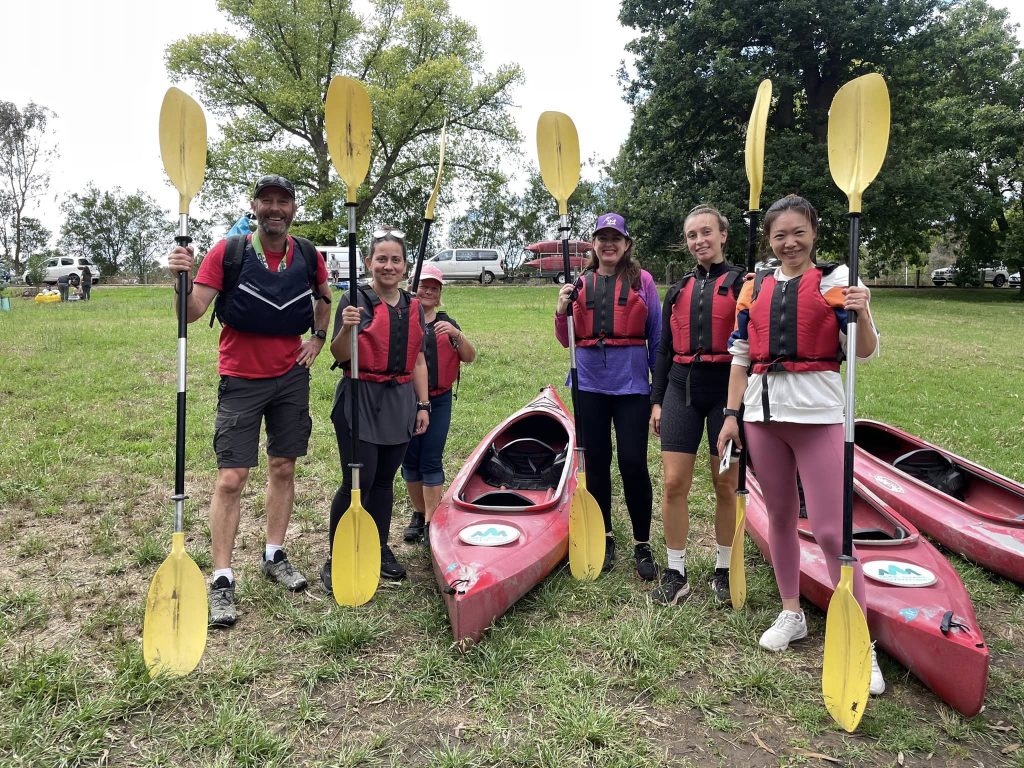
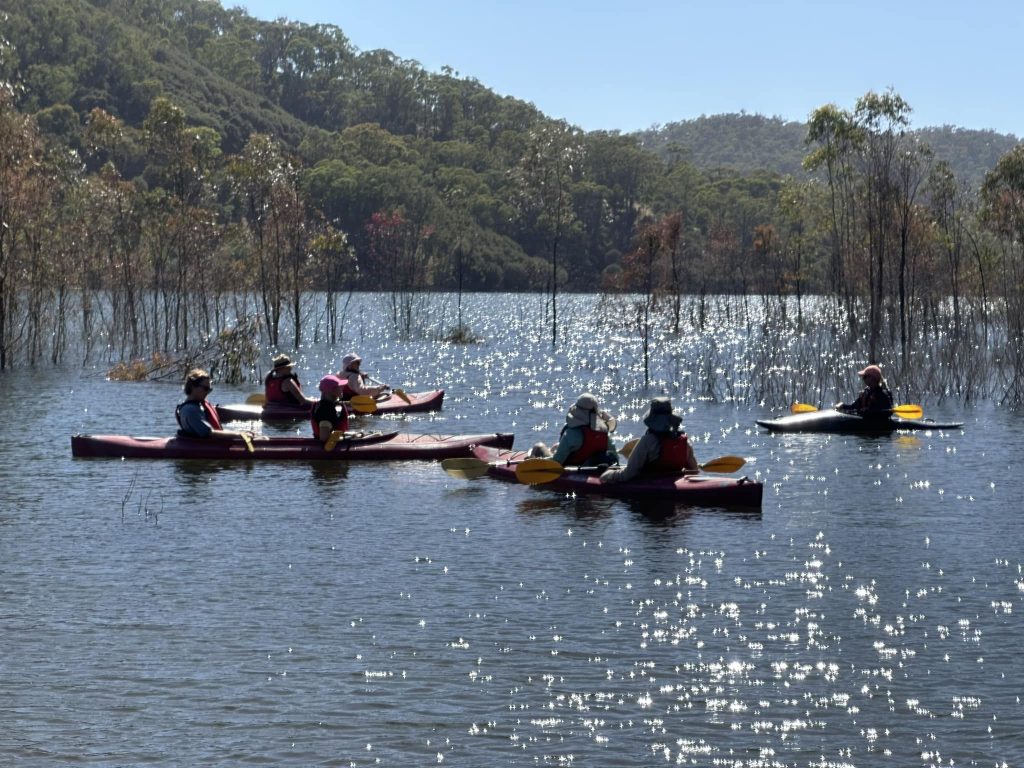
We should all stress a little (or a lot) less
As many physical benefits as there are to paddling, there are just as many mental ones. Whether battling Class IV rapids or drifting along with the help of ocean waves, kayaking is a way to de-stress. Plus, “as a silent, non-competitive sport, it’s also a great way to clear your head,” Jeffrey Chitek, operations manager and guide at Kayak Swamp Tours and Gravity Trails in New Orleans, tells The Huffington Post.
Exercise decreases stress by increasing endorphins, bringing athletes to the present moment and actually lifting moods. A new book, Blue Mind, by Wallace J. Nichols, Ph.D., shows that adding water to the equation brings a whole new level of stress-busting. “Being by water meditates you,” said Nichols in an interview with Outside Online. “It puts you in that relaxed state. You don’t need to study or practice meditation. You just need to pay attention to the water around you.”
We all need the “sunshine vitamin”
Time spent outdoors comes with a slew of bonuses, including vitamin D intake. Boston University Medical Center professor Dr. Michael F. Holick, M.D., Ph.D., previously explained to HuffPost that the “sunshine vitamin” can be one of the toughest to get from foods, and many of us actually take in over 80 percent of it from those golden rays. Kayaking is a way to log what Holick calls some “sensible sun exposure” time. That means if you are likely to mildly sunburn after a half-hour of sun exposure, get 10 to 15 minutes of sun before applying some waterproof sunscreen to protect your skin from the sun’s ultraviolet rays.
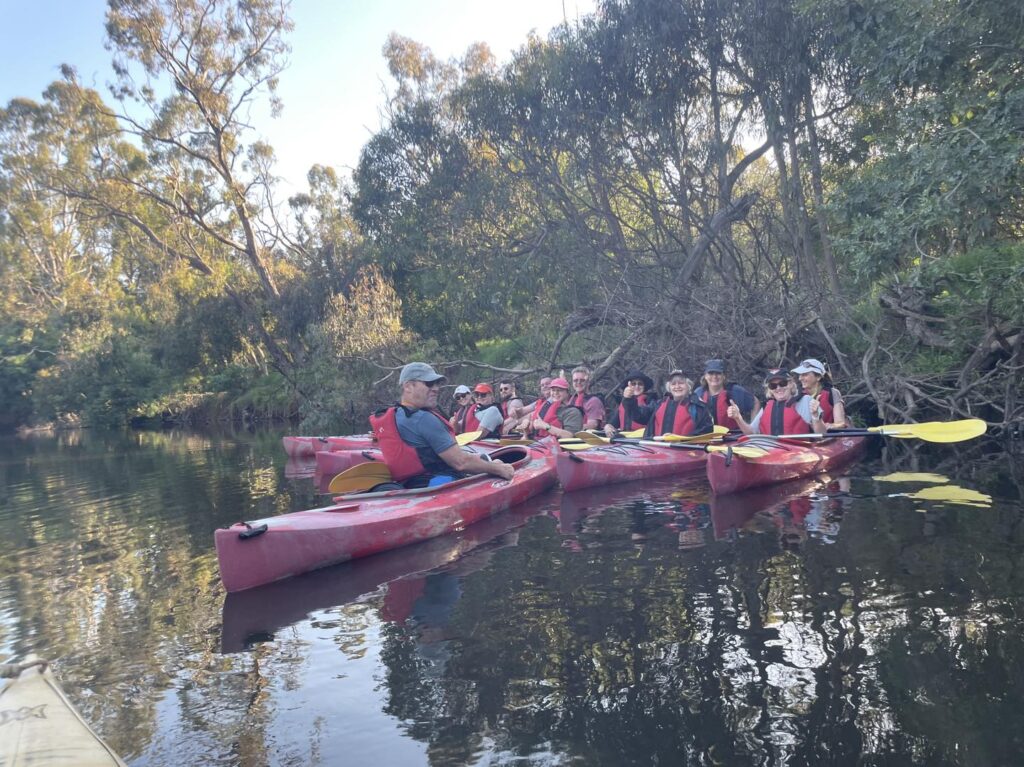
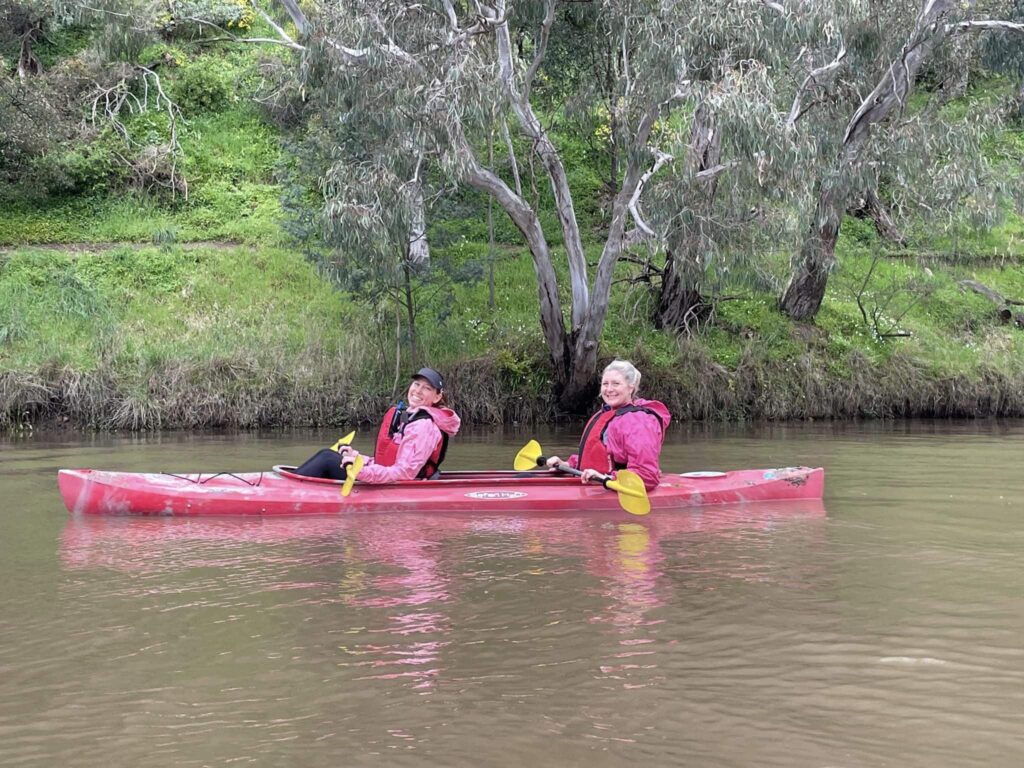
Confidence is key
Overcoming extreme challenges like whitewater rapids, or even paddling a longer distance than you did last time, is a way to build confidence and positive self-image. Research published in the Journal of Leisurability found that kayaking leads to increased social skills and sense of self, as well as an overall boost in self-satisfaction.
In addition to amping up confidence, kayaking can also build brainpower, according to Chitek. “There is nothing like floating through a forest and surprising a sun-bathing alligator because you came up so quietly,” he says. “I see and learn new things every day I’m out there, and it becomes knowledge.”
Interested in taking up the sport yourself?
So you’re ready to hear the splash of your paddle and feel the gentle rock of the waves. Luckily, it’s easier to start kayaking than you may think. We talked to the experts to find the best tips for beginner kayakers:
Wear a personal flotation device. Even the best swimmers can tire quickly in rough or cold water, so kayakers of all levels should always wear a personal flotation device, or life jacket. “They don’t do any good stuffed away in the back of your kayak,” Bostrom says.
Pick the right vessel. Chitek recommends going for a wide boat that allows you to sit on top of it. “These boats are much easier to get back in if one was to flip it over… it happens,” he says. Along with your boat, Bostrom advises investing in a high-quality, lightweight paddle, which will be easier on your body and make for more efficient movement.
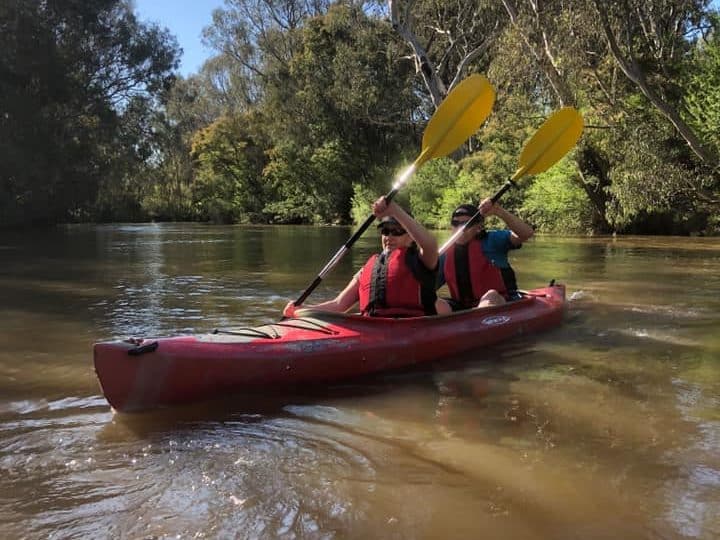

Watch the weather. Finding yourself stranded in a storm can put far more than a damper on your day. Lightning loves to strike water and wind can create dangerous waves, so it’s always good to check the forecast before heading out, says Chitek.
Paddle with pals. Not only is there more fun in numbers, but heading out with a friend is a whole lot safer, says Bostrom.
Don’t lose your way. Land markers are vital to even the most experienced kayakers. Chitek suggests leaving a path of colored fabric tied to trees that you can collect on your way back to shore (remember, leave no trace!). You can also leave a large, recognizable object at your launch point so that you can easily find your way out of the water. And when in doubt, it’s always smart to head out with a guide.
Ready for some good news? We take care of those last points to take the stress and planning out of kayak adventures! No need to worry about getting a lifejacket, boat, sense of direction, or group of friends to kayak with – that’s what we organise for you. Plus some delicious snacks and lunch along the way.
So if you’re feeling inspired and ready to get into kayaking, check out our kayaking adventures HERE and start appreciating nature from the water!
Check out the original post HERE.

